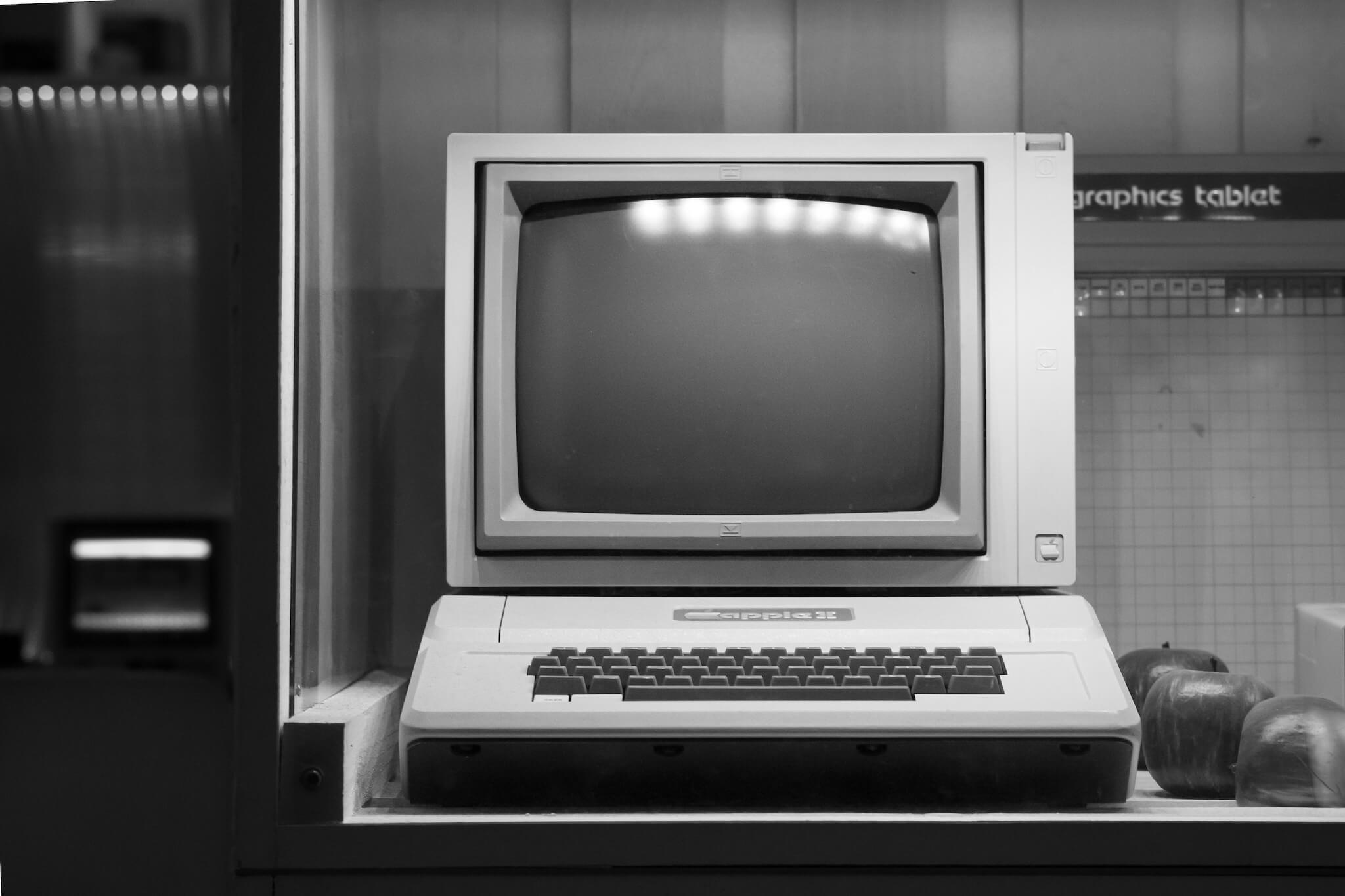The Value of the Open Web
A closer look at the principles that shaped the web we know today

Do you recall the first time you saw a website, or something resembling one?
For me, it was the winter of 1994 at the State University of New York at Albany. I was working in an art museum and my technically-advanced boss was looking for the next big thing.
He found it. And then I did. Even then, it was beyond our wildest imagination.
For days, he tried to explain this thing called a Mosaic browser to me — a tool that could look at the nascent “Net” in a graphical way. It had user interactions, a file system that displayed items like articles and images made elsewhere, right there on a local desktop monitor.
I couldn’t quite get my head around what he was talking about. Was it a prettier version of those email interfaces we were using? (Back then, email was conducted via a command prompt with white text on a green screen in which you would type >email:sam382937@ualbany.edu and wait for a reply from Sam a few days later.)
Or was it like using a personal computer? I was very familiar with the Mac graphical user interface (GUI) with “folders” on a “desktop” and “files” that could be moved around.
Were there restrictions on who could access various pieces of writing or images on this internet browser? Did I have to log in to something in order to see something? How did people learn about the web and how to use the web? A few magazines were hyping it but that didn’t really mean much at the time.
On a bright, warm spring day, my boss and I sat down at his desk. There it was. The “browser” — a grey, striped, bordered box that had a spinning globe and a little white box at the top where you could put an “address”. We went to yahoo.com and were greeted by a directory of things, a list by any other name, on a 400 x 300 pixel board. It was embryonic yet functional — black Times New Roman text framed by small buttons and a dark grey background punctuated with bright blue underlined text indicating links.

Links! Common now, silly even, but that’s exactly what made this truly revolutionary.
Open software – available any time on any kind of machine – allowing anyone to share anything with anyone anywhere at any time via beautiful blue underlined words.
This was the early web. Seeing it for the first time, for me and for thousands of others, was perhaps like when those first astronauts saw our exquisite Earth and its globoid glory.
Want to look? CERN, the research institute based in Geneva, has saved for posterity the very first website, which is about, what else, the World Wide Web. It’s gorgeous. And if you want to try your hand at surfing the web, here is a virtual machine setup where you can try Mosaic 2.
The principles of openness
I’ve been thinking about, writing about, and building the web since that first introduction. It seems a bit tired now, our gorgeous, glorious World Wide Web. Too many trolls, tricksters and terrors. The endless scrolling and seduction.
But, like the Earth, the web is still this magical and beautiful place. It impacts every communication we have today, even 36 years later. And one of the reasons it does so is because it is founded and defined by principles.
The web is one of the top four greatest achievements in modern history, of which I include air travel, space flight, and modern medicine. And all of these were built on big ideas backed by even bigger principles. What are these principles upon which the web still stands?
Open source
First and foremost, the web was founded on the idea that software, the code upon which any given digital system works, can be inspected, modified and enhanced – by anyone. Behind the scenes, many millions of people have contributed to creating open source software, powering the planet with the tools and platforms we all take for granted, including the very backbone of the web. Known as code debt, our web is built on the hunched shoulders of millions of tireless developers, designers and writers who contributed to the open source movement.
Open source software allows us to browse a website made in Turkey while we’re on a train to Tokyo. Open source software allows us to send an email from a 15-year old Blackberry to Tim Cook’s iPhone 37, routing it across computers and countries in one tenth of a second. Open source software is free so that you can read this article via an open source content management system (WordPress, which Mangrove uses to build websites for clients) and an open source browser (Chrome, Safari, Firefox etc.) without paying for licenses along the way.
Open access
In 1995, the founder of the internet, Sir Tim Berners-Lee, said at a conference, “The power of the web is in its universality. Access by everyone regardless of disability is an essential aspect.” This was not an empty slogan, pitch, or prediction. Within two years, the World Wide Web Consortium (or W3C) announced the Web Accessibility Initiative (or WAI) to create rules and guidelines for creating a web that could be used across “platforms, media, cultures and countries”.
Open access, aka web accessibility, ensures that websites are designed and developed according to the principles of POUR, so that individuals, regardless of ability or disability, can perceive, understand, navigate, and interact with them. At Mangrove, we offer accessibility services that enable our clients to build websites that are inclusive and usable for as many people as possible. We keep the concept of open access in mind from the very start of a web project through to a website’s launch, and beyond – including ongoing governance and maintenance.
It takes additional time, consideration, due diligence, and transparency to create a web that is universally accessible, and this inherent to the very best that the web offers. An open web is a web in which everyone – everyone – can participate.
Open spirit
Less applied than the first two, a spirit of openness is what continues to make the web a wondrous and worthwhile place. About a decade ago, I became involved in thinking about a future in which the web would become a more sustainable and greener system. A web powered by renewable energy, that uses less code, that is honest and regenerative, that is free of spying and spyware — that is the web that is worth building for the future. (A few years back, a number of folks like me created the Sustainable Web Manifesto, promoting a better, fairer and less energy-intensive web.)
As wide and worldly as the web is, it is also wild and weird. An openly spirited web is a place where content is unleashed and unlimited. (Yes, I’m talking about TikTok, which I don’t bother with, and YouTube, which I often ignore.) But imagine, for a moment, the opposite. An internet framed in grey box with black and text and thumbnail photos.
I recognize that my perspective is slightly romantic, and my hunch is that the web will, eventually, be transformed by AI in the years to come. But the web remains remarkably resilient and remarkable because it was built on these principles of openness. As our digital landscape shifts, it’s up to us to remember why the web became what it is and to uphold the values that keep it open, resilient, and worth protecting.
Photo by Piotr Baranowski on Pexels
A Certified B Corp, Mangrove is a woman-owned website design and development company with a diverse, talented team distributed around the globe. We’ve been building websites since 2009 that amplify the work of change-making organizations and increase the competitive power of businesses owned by historically marginalized people.
If you found this post helpful, subscribe to our monthly newsletter for notice of future posts and other news from us.




